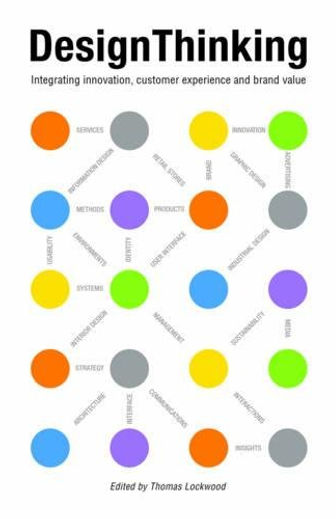
This is a great collection of work from 34 authors representing 10 countries and each concept is well explained using real life case studies.
Here are my top learnings from the book.
-
Design thinking is essentially a human-centered innovation process that emphasizes observation, collaboration, fast learning , visualization of ideas , rapid prototyping and concurrent business analysis which ultimately influences innovation and business strategy.
-
It is not a substitute for professional design or the art and craft of designing but rather a methodology for innovation and enablement.
-
Besides the key elements of deep understanding of consumer needs based on research, collaboration, rapid prototyping (failing quickly), I like the fact that the element of business analysis is included in design thinking during the process and at the end of it. This enables integrative thinking and helps the team to understand constraints from top down view point as well.
-
Design thinking also helps to bring clarity to product managers and teams. Sometimes instead of thinking of big solutions, reframing the problem helps us design a simple and elegant solution to the customer problem
-
Design thinking for products and services differ. In product design, it is generally about the object, whereas in service design it is about the journey. Alignment is more important in service design than ideas.
-
There is a difference between thinking of design and thinking through design.
-
Balanced Scorecard (BSC) framework.
-
Customer Value Perspective : How should we appear, through design, to our customers in order to achieve our vision?
-
The performance Value Perspective: To satisfy our stakeholders, how can design help in the business process we excel in ?
-
The learning perspective: How will we sustain, through design, our ability to change and improve?
-
The financial value perspective: To succeed financially, how should design appear to our stakeholders.
8. Importance of design and design thinking in brand building and brand innovation